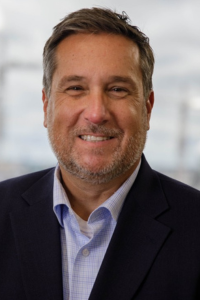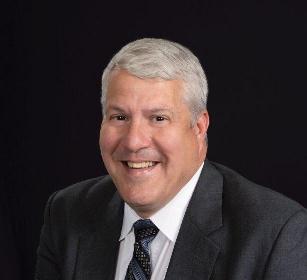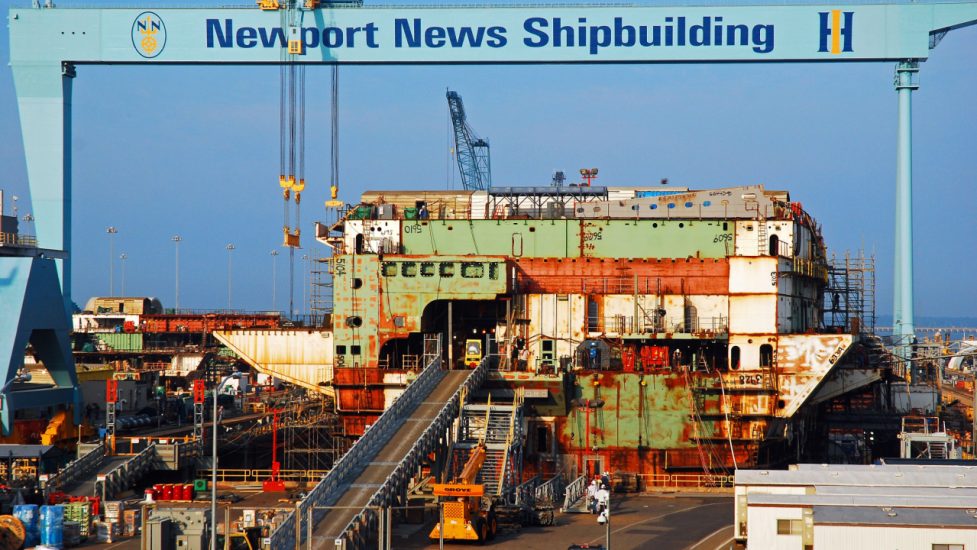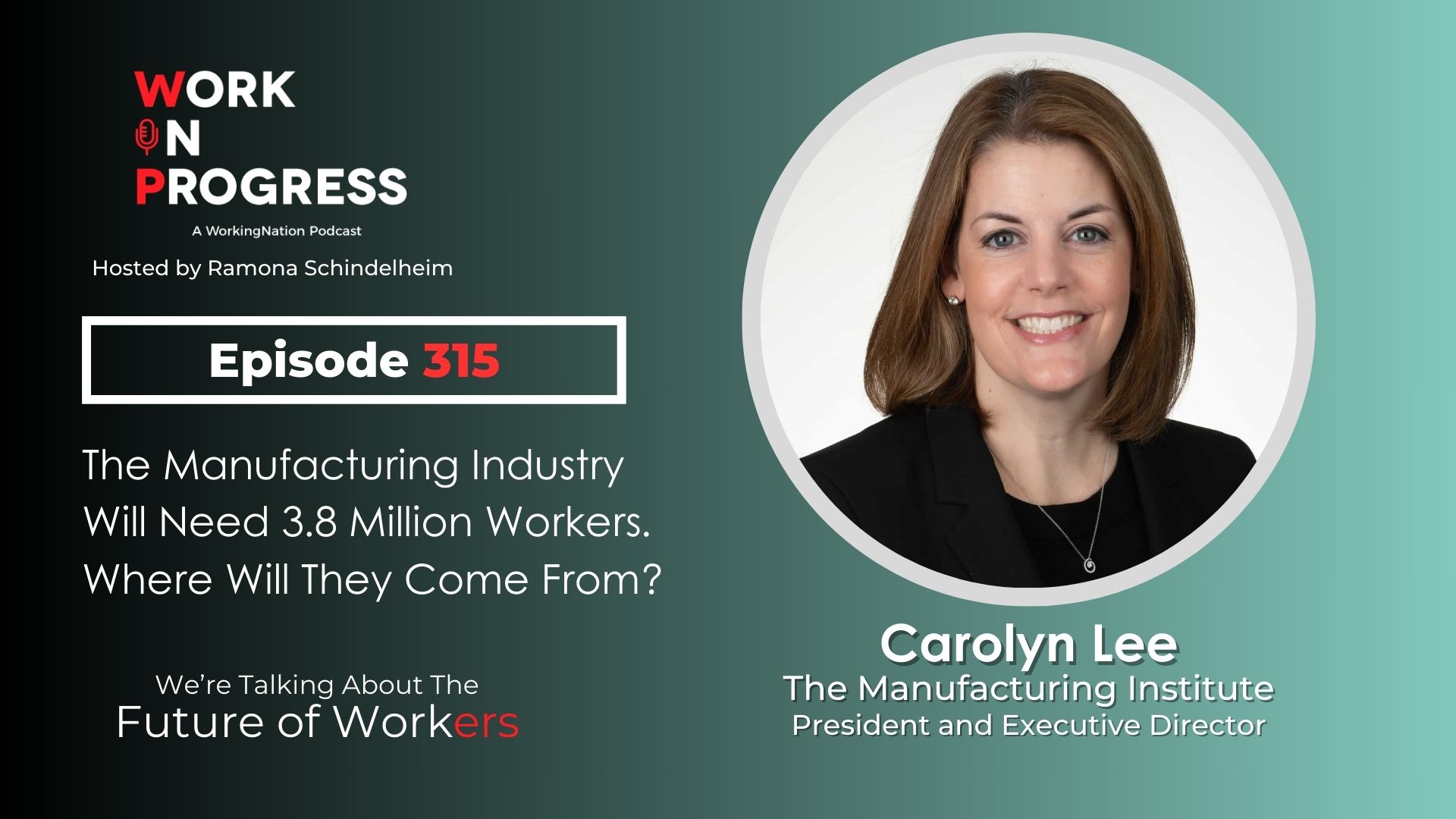It’s not uncommon for state and local governments to focus on economic development. Attracting businesses and developing industries can provide infrastructure, housing, schools, and more. But the approach and partnership at Hampton Roads Workforce Council in Virginia is bridging government with people, embracing “the human side of economic development.”

“We’re just the flipside of the coin. We’re focused on the talent,” says Shawn Avery, president and chief executive officer of the Workforce Council.
“So, when we work with government, we’re really working with our economic development departments and our local elected officials to make sure that we’re filling the talent needs of the region.”
The Workforce Council includes 15 cities and counties in southeast Virginia, an area known for shipbuilding. When a business is new or expanding, the Workforce Council works with government and educators to address training needs.
Their involvement can start as early as K-12, with career exploration and internships. Working with community colleges, they develop certifications and training programs for skilled jobs. At four-year institutions, there’s a focus on engineering, manufacturing, management, and finance paths.
“We want make sure that there’s no wrong door when it comes to working with our educational institutions,” says Avery.
Here’s what it can look like bringing together their government stakeholders, businesses, and educators:
- Newport News Shipbuilding – career exploration activities at career and technical education centers for K-12, and a program for welding certifications
- New Horizons Regional Education Center – securing funding from the U.S. Navy to expand its welding program
- Community colleges – increasing the capacity for skilled trades programs including electrician, pipefitting, and ship fitting.
‘The strength behind the fleet’
Virginia Ship Repair Association (VSRA) has a similar experience with the Workforce Council helping them service their 319 members. The VSRA is a link between the U.S. Navy and the shipbuilding and repair industry, what association president Bill Crow calls “the strength behind the fleet.”
From identifying funding, to developing training to address members’ needs and finding the education partner to do it, VSRA estimates the Workforce Council has helped train 3,000 students since 2017.
“We only have three corporate-type companies, but the rest of the companies are small businesses or non-corporate that don’t sit on a lot of cash. Trying to develop a workforce for them becomes extremely expensive, so that’s a big help,” says Crow.

VSRA works with middle schools to expose students to careers early through a digital ship-type competition, and bringing in industry guests to high school technical centers. Through the Workforce Council, VSRA’s members can benefit from a cooperative between five local colleges.
Training is often at no cost to the employee or potential hire, who can be college age, high school graduates, military veterans, and people who want to change professions.
Some companies hire employees on contingency and have them go through the training programs. Other trainees are already working and need to upskill. Sessions typically last two-to-five weeks at a time. Companies will allow employees to be out of the shop for the required length of time and return to the job with the added skills.
The offerings include curriculum across six disciplines related to shipbuilding and repair. Three levels of marine trade training and welding enable employers to offer career paths which didn’t exist six years ago.
Crow says they’re seeking metrics to determine their programs’ effectiveness. So far, VSRA is tracking students after they leave training and finding 90% are still on the job after two years.
“The success of the program is not training people who get into the industry for the short term,” Crow says.
The Workforce Council continues to evolve with curriculum, investments, and partnerships. Two hundred wind turbines are expected to be installed along the Hampton Roads coast. The increasing demand from offshore wind employers happens to match the same type of skill sets as those for shipbuilding.
“The Hampton Roads region really wants to be an East Coast hub for the offshore wind industry. And so, we want to make sure that we’re growing our capacity in the skilled trades, not just piecemealing in and barely meeting the needs,” Avery says.
“We want to have an abundance of those skills in our region. You throw in the infrastructure that are coming, the bridges and the tunnels that we have in our area, that’s also going to be a drain on the system. We need to make sure that we’re overproducing what we need in those skilled trades.”











